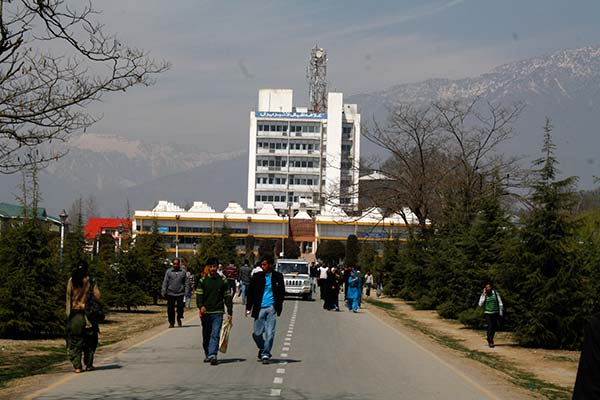by Vijay Garg
The NSTE selection process was not reaching as many talented students in remote areas as desired, especially girl students and not even to those in government schools. It was put on hold in 2021 amid reports raising concerns over its urban and gender tilt.

The National Talent Search Examination (NTSE) is a way to scout for and support school-level talent. It is set to make a comeback in a new avatar, offering a higher number of scholarships to students from younger ages, and ensuring increased representation of girls and rural students.
The government may opt for a single national-level examination instead of a two-stage examination earlier. The education ministry is also considering holding the new NTSE at the class 8 level instead of class 10 and “nurturing” the selected students right through class 12, with the added assistance of its stellar pool of alumni.
NTSE is a reputed examination to identify, nurture and give financial support to meritorious science and social science school students. Reports showed that NTSE has been considerably successful in identifying talent, motivating children and helping them financially.
However, it was also red-flagged that the selection process was not reaching as many talented students in remote areas as desired, especially girl students and not even to those in government schools. It was put on hold in 2021 amid reports raising concerns over its urban and gender tilt.
In the revamped NTSE, a more district-centric approach is planned to ensure a more representative pool of selected students. It is proposed that scholarships be distributed per district in the ratio reflecting the population of rural and urban children. A similar ratio is likely to be used to set aside scholarship shares for girls and boys.
Towards the same end, it is further proposed that the Centre fully takes over the NTSE testing system with a single national-level examination delivered across schools.
So far, NTSE involved a two-stage selection process with states conducting the first round as per their own norms. Students recommended thereafter by the states were eligible for the final Stage 2 examination conducted by the National Council for Education Research and Training (NCERT).
A third-party evaluation of NTSE by the Centre for Market Research and Social Development (CMSD) in 2021 showed a wide variation in the benefit spread over the last decade is a case in point. It showed that 31.5 per cent of awardees are from the North and Central Zone, 28.0 per cent from West Zone, 22.6 per cent from South Zone, and 13.6 per cent from East Zone. The Northern Hilly States Zone and North East Zone accounted for just 1.3 per cent and 1.1 per cent awardees, respectively.
Further, 88 per cent of the surveyed awardees were found to be from urban areas while only 12 per cent were from the rural area.
On the gender front, of the total 10,924 students who benefited in ten years, 8,661 (79 per cent) were boys, and only 2,263 (21 per cent) were girls. A 2017 evaluation of the scheme by the Academy of Management Studies (AMS) revealed that “girls have remained under-represented in the list of awardees” and pointed to a decline of five percentage points in awardees coming from rural areas, from 17 per cent in 2007 to 12 per cent in 2013.
It also said private unaided schools exhibited a dominant presence over the years, while government schools remained grossly underrepresented. The AMS report also said the average number of students being offered the scholarship has remained “abysmally low” at only 5-6 awardees per 100,000 students enrolled, which indicated that a vast number of deserving students have remained deprived of this important benefit.
The above report also recommended opening the talent search scheme at an earlier level of fifth class or eighth class. An August 2021 review meeting of NCERT took note of both the third-party evaluation reports and their recommendations to increase the number of scholarships and reconfigure the awardee selection ratio for more gender inclusivity.
While an online examination format has also been discussed in the government, the Centre Government is likely to continue with an OMR-based pen and paper test to ensure accessibility of the test to rural students.
The examination to talent hunt school children from across the country has been around in some format or the other since 1963, with modifications over the years.

In 2020, NTSE was conducted for class 10 students. Meritorious students were selected after a two-stage selection process and awarded scholarships for pursuing courses in science and social science up to the doctoral level and in professional courses like medicine and engineering up to the second-degree level.
Nearly 2,000 scholarships were awarded last time, with a reservation of 15 per cent for SC, 7.5 per cent for ST, 27 per cent for other backward classes, and 4 per cent for a group of students with benchmark disabilities.
A scholarship of Rs 1,250 was awarded per month for class XI and XII, and Rs 2,000 per month for under-graduation and post-graduation, as per UGC norms for higher studies.
(Vijay Garg, MSc, BEd has been a Punjab Education Service (PES) officer who retired as a Principal. He has authored a number of textbooks. He lives in Malout Punjab.)










